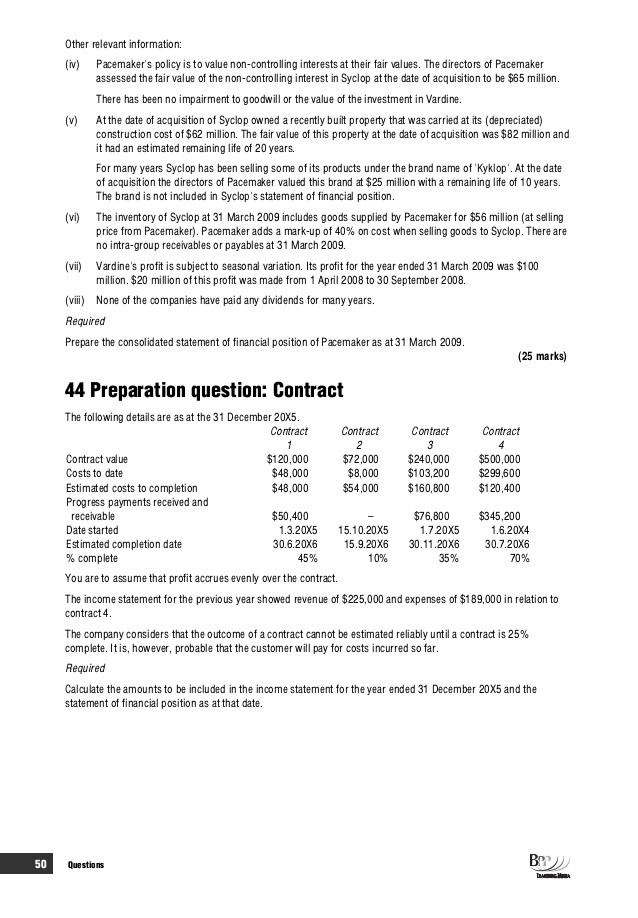Spotting Profitability With ROCE_2
Post on: 21 Июль, 2015 No Comment

Understanding Stocks
Earnings per share is the total profit made by a company divided amongst its shareholders depending on their ownership in that company. It serves as an indicator of a company’s profitability over the years. EPS tells you how much net income the business earned for every stock you own.
Depending on the type of outstanding equity shares used for calculation, EPS can be called as Basic EPS or Diluted EPS. Basic EPS is calculated by using the number of shares issued and held by the investors. Diluted EPS takes into account the total number of shares that would have been issued if all the stock options, warrants, convertible debentures, and other potential sources of dilution in equity that are currently exercisable were invoked.
TTM EPS or Trailing Twelve Month EPS takes into account the EPS figures reported by the company in past twelve months.
How to interpret EPS
EPS is one of the most commonly used financial parameters to evaluate a stock. EPS is a base for calculating the Price Earning or commonly known as the PE ratio of a share. A consistent growth in turnover and profits will lead to higher EPS growth. Higher or lower PE ratio should always be compared with its peers having parallel business activity and of similar size to evaluate whether a stock is undervalued or overvalued.
Basic EPS = (Net Profit — Preferential Dividend) Equity shares outstanding Diluted EPS = (Net Profit — Preferential Dividend) (Equity shares outstanding including warrants, stock options, convertible debentures and other potential sources of dilution in equity)
Net profit Rs 200 crore Total Equity shares: 50 crore Basic EPS: 4 (200/50) Net profit Rs 200 crore Equity shares: 70 crore Warrants: 5 crore Stock options: 10 crore Convertible Debentures: 15 crore Total equity shares including warrants, stock options, convertible debentures: 100 crore Diluted EPS: 2 (200/100)
Cash Earnings Per Share considers cash flow generated by a company on per share basis. It is different from earnings per share, which looks at net income or profit of a company on per share basis. Cash EPS is calculated by adding all the non-cash transactions like depreciation, amortization, deferred tax and intangibles like royalty to net income of the company and then divide it by total number of shares.
A non-cash expense is an expense that is reported in the income statement, but there was no actual cash outflow from the company during the period.
How to interpret cash earnings per share
It shows company’s ability to clear off debt, pay dividends and perform other transactions. Higher cash earnings per share means that company has posted strong annual earnings growth over the years and vice-versa.
Formula
Cash earnings per share = Net profit+ (Depreciation, amortization, deferred tax and intangibles like royalty)/Weighted average of outstanding shares
Example
Assume net profit is Rs. 75 crore, depreciation Rs 15 crore, amortization Rs 5 crore, deferred tax Rs 3 crore and intangibles Rs 2 crore. Number of equity shares: 20 crore Cash earnings per share = 100/20 = 5
Price Earnings ratio is the ratio of company’s current share price to its earnings per share. It gives us an idea of what the market is willing to pay for company’s earnings. It also indicates how the stock is valued in the market.
How to interpret PE
Generally a high PE ratio suggests that market participants are bullish on the stock and expect the company to post higher earnings growth going forward. However, it can also be interpreted as an overpriced stock in some cases.
Generally a low PE ratio can either be interpreted as an undervalued stock or market participants are not too bullish on the company’s future earnings growth.
The above may not always hold true as the PE ratio varies from industry to industry. Traditionally there are certain sectors like diamonds, fertilizers or sectors that are very cyclical that command a low PE ratio. There are certain sectors like FMCG, Pharma, IT that normally have a higher PE. So the PE ratio of a company should either be compared with its peers having parallel business activity and of similar size or with its historical PE to evaluate whether a stock is undervalued or overvalued.
Formula
PE ratio = Stock Price Earnings per share
Example

Current market Price Rs 100 EPS Rs 10 P/E: 10 (100/10)
The Price Earnings to Growth ratio determines the stock’s value while taking into account the future earnings growth rate. It is used to get better understanding of whether a company’s stock is overpriced, underpriced or just fairly priced. The PEG ratio uses the PE ratio of company and compares it with the estimated annual growth rate of a company.
How to interpret PEG
PEG = Price Earnings ratio Annual EPS growth PE ratio: 10 Annual EPS growth forecast: 10% PEG ratio will be 1.
Return on capital employed is used to determine how much profit the company is able to generate on the capital employed by it. The capital employed is calculated by deducting current liabilities from its total assets.
How to interpret ROCE
This ratio indicates efficiency of a company in employing its capital and also used to compare profitability levels between various companies. Higher ROCE indicates that a company is more efficiently using its capital and vice-versa. ROCE has to be higher than company’s cost of borrowing. This also helps companies decide if they should take on more debt for expansion projects.
Formula
ROCE = Earnings Before Interest Tax (Total Assets Current Liabilities) Company A Company B EBIT of Rs 200 crore EBIT of Rs 300 crore Capital Employed Rs 400 crore Capital Employed Rs 1200 crore ROCE 50% (200/400)% ROCE 25% (300/1200)% Company A is efficiently using its capital than company B. Return on Equity (ROE) or Return on Net Worth
Return on Equity reveals how much profit a company generates with money that equity share holders have invested. It will indicate to the investors how well their capital is being reinvested by the company.
How to interpret ROE
A higher ROE suggests that a company is able to effectively generate cash internally. This ratio is useful for comparing the profitability of a company to that of other firms in the same industry. The better way is to compare a company’s ROE with its industry average.














